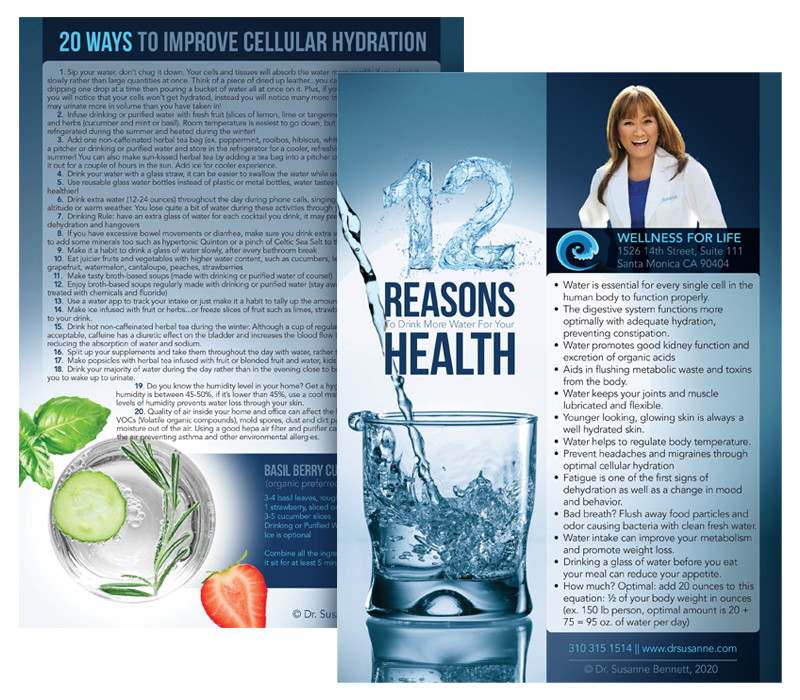 Here comes the sun! The Beatles put it beautifully, and Los Angeles will now be bathed in sunshine for a while after what seemed to be a never-ending downpour. Although the sun may feel amazing right now, it is still important to exercise caution when you are exposed to it for any length of time. Not only can the sun cause skin cancer down the line, but long-term exposure may also increase the likelihood of brown age spots on the most exposed parts of your body such as face, neck, shoulders, forearms, and the backs of your hands.
Here comes the sun! The Beatles put it beautifully, and Los Angeles will now be bathed in sunshine for a while after what seemed to be a never-ending downpour. Although the sun may feel amazing right now, it is still important to exercise caution when you are exposed to it for any length of time. Not only can the sun cause skin cancer down the line, but long-term exposure may also increase the likelihood of brown age spots on the most exposed parts of your body such as face, neck, shoulders, forearms, and the backs of your hands.
Brown age spots or hyperpigmentations are caused by an increased production of melanin, a dark pigment excreted by cells called melanocytes in the skin to protect its deeper layers. Any type of sun exposure, even sitting near a window or driving in a car can stimulate melanin production. Hormone fluctuations and birth control pills can also increase more melanin production especially on the face, which is a condition called melasma.
Also called “liver spots” or “solar lentigines”, brown age spots usually develop over years of sun exposure, rather than over night. They can crop up anywhere from the size of a freckle to the size of a dime. Fairly harmless for the most part, the spots can sometimes darken, increase in size, or have irregular borders. If the spots change in size and color in a short period of time, please go to your dermatologist to have it looked at, it may indicate melanoma, a form of skin cancer that needs treatment immediately.
To prevent the appearance of hyperpigmentations, you need to start early in life and use sunscreen or sunblock such as non-toxic zinc oxide. Apply it daily on your face, chest, back of hands and anywhere else you are exposed and pretty much use it for the rest of your life. Supplements with super antioxidants such as glutathione, lipoic acid, tocotrienols and sulforaphanes will also help your skin from discoloring and aging rapidly. If you already have developed hyperpigmentation, I recommend using PurGlo Discoloration Corrective Therapy (DCT), which contains clinically proven skin healing antioxidants and the nutrient extract Rumex Occidentalis. This all-natural cosmeceutical formula is a lightening serum that is not harmful to your liver like harsher chemicals such as hydroquinone.
The best way to prevent exposure while you are in the car is to wear a hat or visor tilted to the left while driving, as the sun tends to creep in through the window and burn the left side of your face. As always, don’t forget to wear sunscreen!
BTW: You may ask then how will I get my daily dose of Vitamin D if I am all covered up with sunscreen? Your arms and legs do not discolor the same way as your face and hands, so break out the short sleeve shirts and shorts! Don’t forget to wear your hat, scarf and gloves; it is still pretty cold outside! Better yet, take a healthy dose of Vitamin D with your breakfast.
References:
http://www.mayoclinic.com/health/age-spots/DS00912/DSECTION=symptoms
http://purglo.com/products/discoloration-corrective-therapy.html



